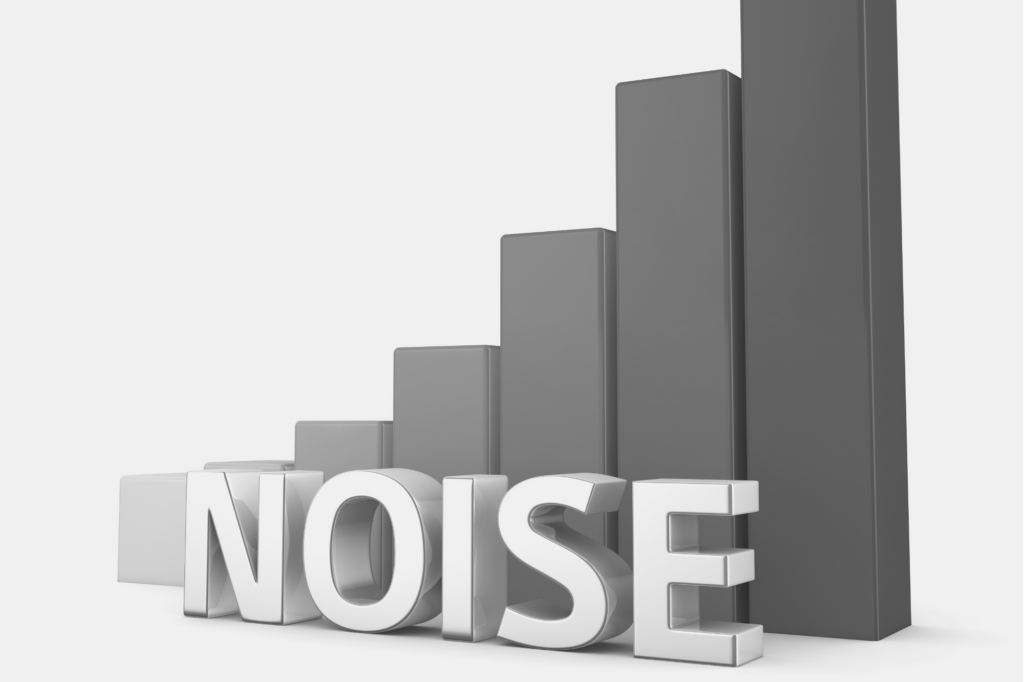The basic requirements for a diagnosis of Noise Induced Hearing Loss consist of 2 elements: audiology which is consistent with NIHL and a history of exposure to a sufficient amount of noise. One without the other is not sufficient. The Noise Immersion Level (NIL) is a way of calculating the second part – an individual’s overall noise exposure.
This article is the first of 3 articles on this topic:
- The Basics.
- NIL and the Coles guidelines.
- More complicated aspects of NIL.
What is the Noise Immission Level (NIL)?
In simple terms this is an individual’s lifetime exposure to noise.

It is calculated by considering two elements. Firstly, the daily noise level to which an individual was exposed. Secondly, the amount of time that someone is exposed to that level of daily noise.
To make a diagnosis of NIHL the noise exposure is sometimes described as needing to be ‘noisy enough for long enough’.
In very many cases the daily noise levels will vary over time. If roles or equipment changed, or if employed by different employers. The overall NIL calculation is likely to consist, therefore, of adding up figures for a number of different periods/ exposures. Calculating this is not for the faint-hearted. At trial expert engineering evidence will be required to prove the NIL.
It follows that the louder noise and /or the longer of duration, then the higher the NIL will be.
I have already drafted an article in relation to the different definitions of ‘noise’ (instantaneous, daily, weighting etc). This touched on NIL, but may be referencing if necessary.
I have also written an article in relation to calculation of the NIL here.
NIL and breach of duty
Whilst there is a connection between a sufficient NIL to cause NIHL and breach of duty, these are different features. There may be one without the other. NIL goes towards medical causation, and not breach of duty.
For example, an individual may have been exposed to daily noise levels of 91 dB (A) lep,d, but only for a period of 6 months in the 1980s. Breach of duty is likely to be established. However, the resulting NIL is not at a level which would conventionally be considered to cause NIHL. Breach would be established, but not causation.
Conversely, there could be a period of exposure, prior to 1990, where the daily noise levels was 89 dB (A) lep,d. Breach of duty would be not be likely to be proved. However, if there was an exposure of about 11 years or more, this would produce a NIL sufficient to cause NIHL. Causation would be established, but not breach.
What noise exposure should be included in the NIL calculation?
It needs to be remembered that the NIL calculation seeks to establish an individual’s lifetime exposure to noise. To consider whether someone has damage to his/ her hearing due to exposure to noise, it does not matter what the source of the noise is.
So for the purposes of coming up with an overall NIL figure, all types of noise exposure should be included.
As well as periods of employment believed to be in breach of duty, this might include:
- Periods of noise which were capable of causing NIHL but not a breach of duty. For example noise exposure of 85 – 89 dB (A) lep,d prior to 1990;
- Exposure prior to the date of ‘guilty knowledge’ – likely to be 1963.
- Any non-employment exposure – this could include motorcycle use, any shooting which has been undertaken, and any other noisy hobbies – if the exposure was such that it was high enough to cause NIHL.
Once the overall NIL is known, this can then be apportioned between the various sources. The expert should calculate what percentage of the overall noise level is due to each period/ source of exposure. This will include the proportion any one employer/ defendant may be liable for.
The effect of including all types of exposure can be twofold.
In some cases, a claimant’s noise exposure in his/ her employment may not be sufficient by itself to cause Noise Induced Hearing Loss. However, with the inclusion of all sources of noise exposure, the NIL might be high enough to cause NIHL.
In other circumstances, inclusion of all sources of noise exposure may reduce the apportioned percentage which any one employer/ defendant may be liable to pay if NIHL is established.
Practise point
As with all areas of industrial disease, it is necessary for a claimant to be as accurate as possible in relation to his/ her exposure.
For example, if a claimant’s evidence was that he worked by a particular machine for a 10-year period, that is the basis on which the expert engineer will set out whether breach of duty is established and what the NIL is.
If in actual fact, the employment turns out to be only 8 or 9 years, although breach of duty may still be established, then the resulting NIL becomes unknown and so the claimant will struggle to prove his/ her case.
Therefore, it is important that not only is the daily noise exposure accurate and based upon a claimant’s evidence which he/ she is able to prove, but also the period of employment needs to be accurate. If either these are reduced then the resulting NIL is reduced. Although the NIL may in fact be sufficient in such cases, it is likely that it is simply unknown and the claim likely to fail.
Next Article
In the next article, I shall look at the NIL levels in relation to the Coles guidelines. What are the levels required (and how they vary depend upon the audiology), what daily noise levels should be included in the calculations, and what approximation is allowed when considering NIL levels.